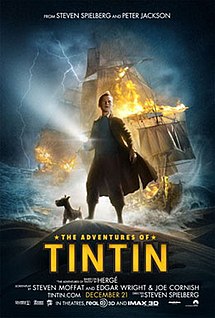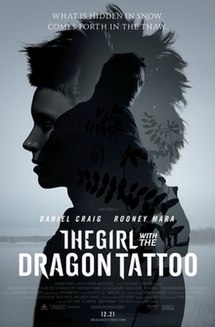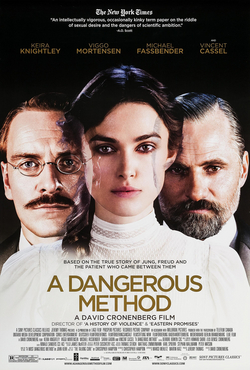 Steven Spielberg’s adaptation of the celebrated Belgian comic “The Adventures of Tintin” is not only a technical marvel, but also one of the most entertaining movies of the past year. The film recounts the story of Tintin, a young reporter, who with the help of his dog Snowy and alcoholic friend Captain Haddock, uncovers the long-lost secret of a sunken ship. As a fan of Hergé’s original work, I cannot picture a better cinematic adaptation of the comic book. Spielberg, a true master of adventure films, has crafted two hours of endless fun with intricate CGI action sequences. The film’s animation is spectacular, to the extent that the “perfection” of the motion-capture characters is often uncanny.
Steven Spielberg’s adaptation of the celebrated Belgian comic “The Adventures of Tintin” is not only a technical marvel, but also one of the most entertaining movies of the past year. The film recounts the story of Tintin, a young reporter, who with the help of his dog Snowy and alcoholic friend Captain Haddock, uncovers the long-lost secret of a sunken ship. As a fan of Hergé’s original work, I cannot picture a better cinematic adaptation of the comic book. Spielberg, a true master of adventure films, has crafted two hours of endless fun with intricate CGI action sequences. The film’s animation is spectacular, to the extent that the “perfection” of the motion-capture characters is often uncanny.“The Adventures of Tintin” adapts three of Hergé’s comics, and manages to craft a coherent, intricate screenplay that keeps you entertained throughout the film. The film’s dramatic structure, however, is slightly flawed. Due to the film’s continuous adventure sequences, its climax falls flat, as it fails to match the excitement of the buildup. In a way, it feels like Spielberg—and producer Peter Jackson—thought of the film as a preamble for further Tintin adventures, so the film’s climax and ending feel inconclusive.
Recommended (B+)






